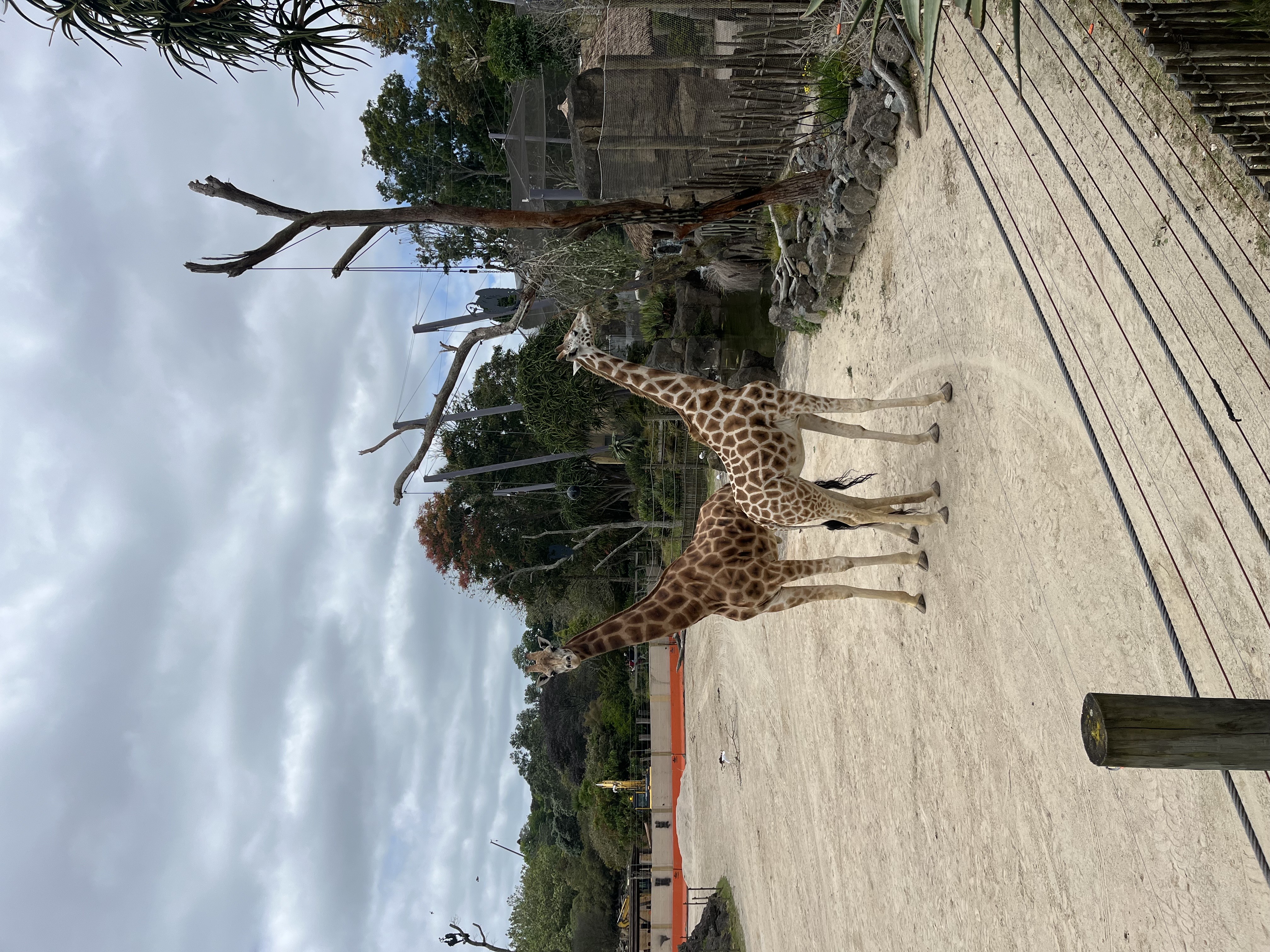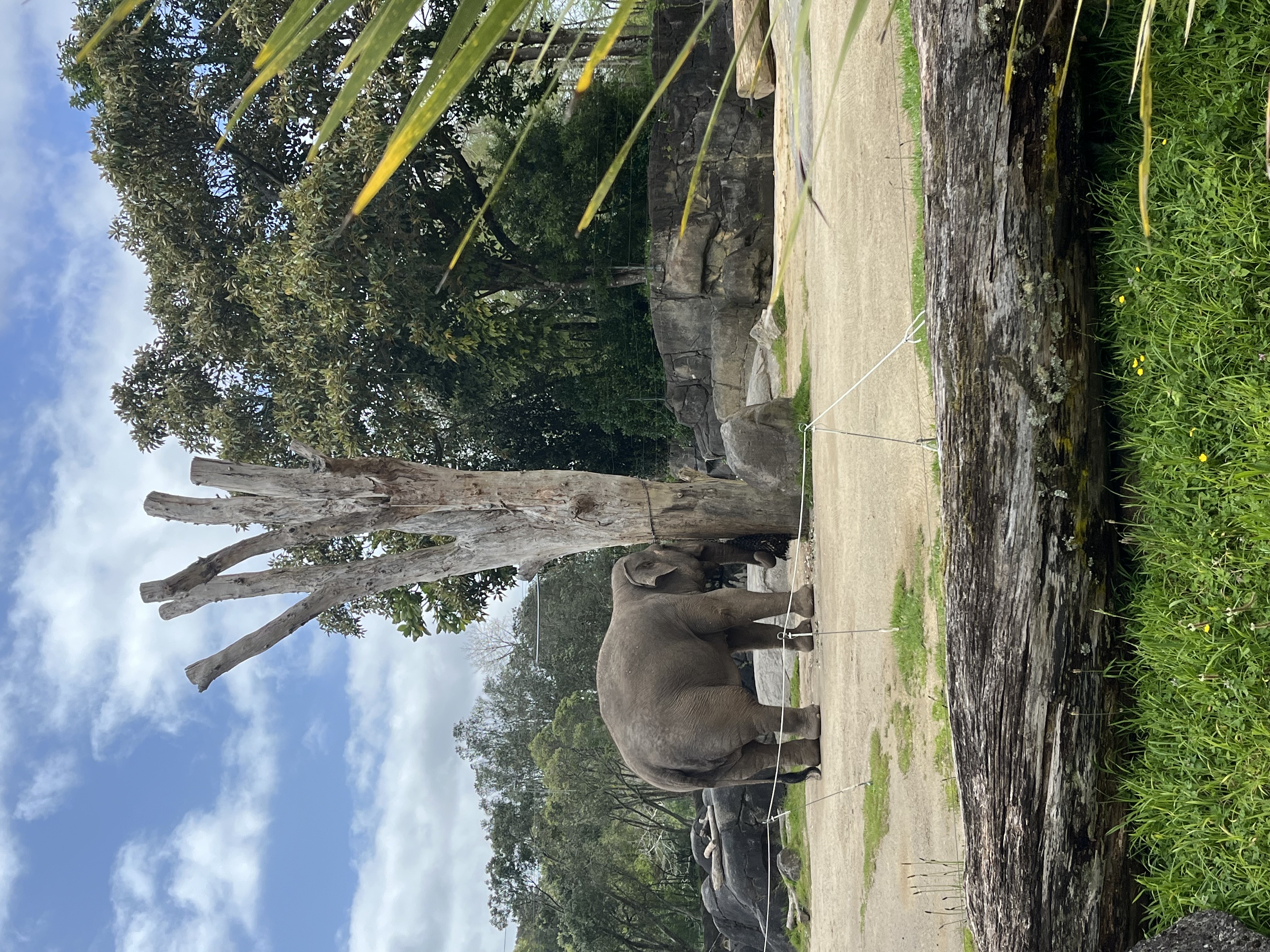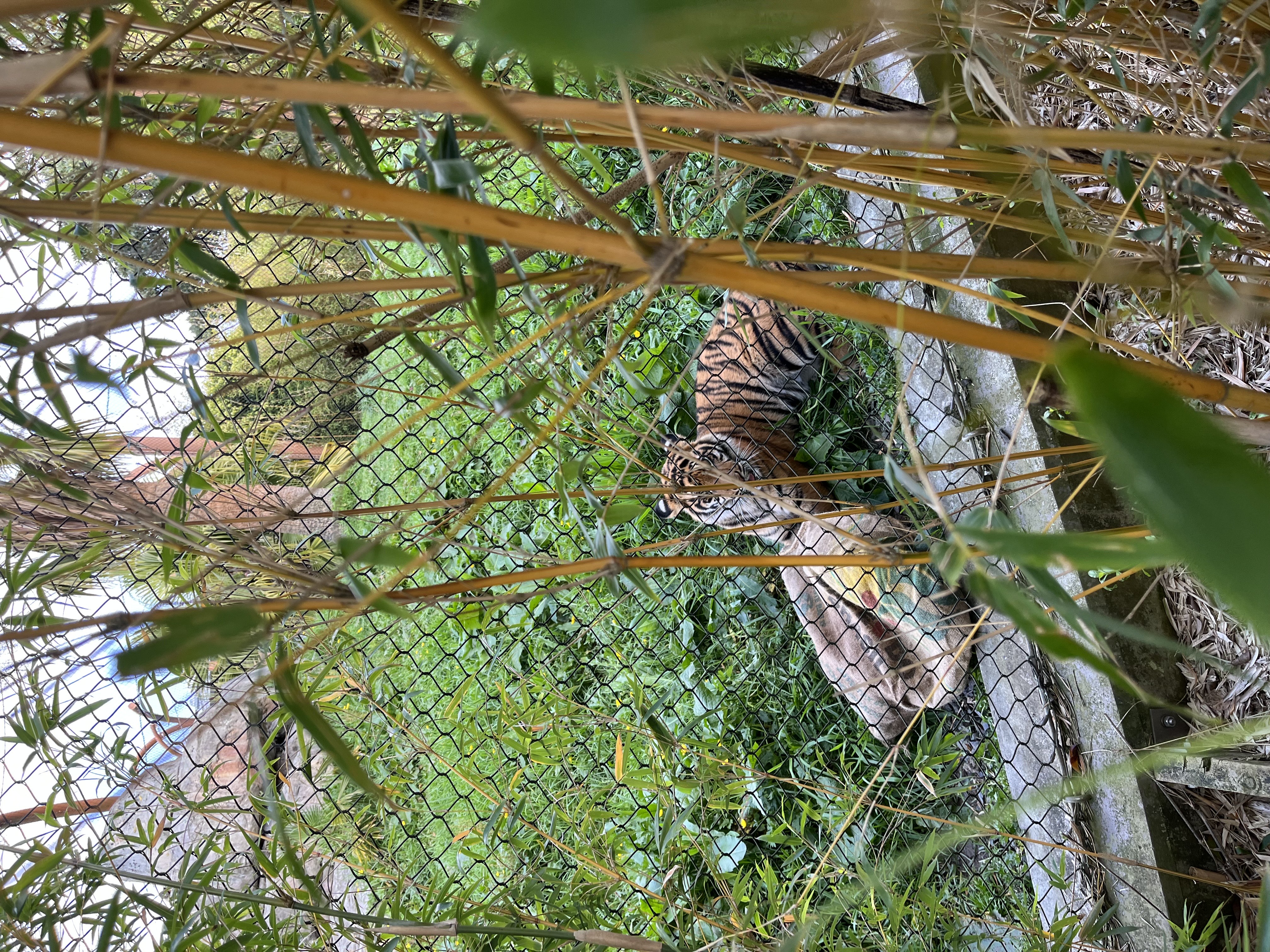Animals in captivity are a controversial topic. Some believe that captivity is acceptable and healthy for animals, while others disagree. There are positives to captivity in certain circumstances, such as when enclosures are big enough, animals are still able to experience natural behaviors, and endangered species are protected.
Keeping endangered species like rhinoceroses, tigers, and orangutans in captivity plays a vital role in preventing their extinction. Many species, such as the Golden Lion Tamarin, Amur Leopard, and California Condor, have been saved from vanishing due to breeding programs in zoos. In these cases, captivity helps conservation efforts and allows researchers to study animals in ways that could benefit their survival in the wild.
However, captivity also has its downsides. One major issue is when animals are kept in small, unnatural enclosures that do not meet their physical and psychological needs. In the wild, animals roam vast areas, hunt for food, and engage in complex social behaviors, but captivity can limit these natural instincts. This can lead to stress, frustration, and even mental health issues such as repetitive pacing, self-harm, and aggression.
Excessive human contact can also have negative effects, causing animals to develop unnatural behaviors. For example, hand-feeding can make animals reliant on humans rather than learning to forage or hunt, which could make it difficult for them to survive if released into the wild. Additionally, frequent exposure to humans can make some animals lose their natural fear, which could put them at risk in their natural habitat.
While captivity can serve a purpose, it is crucial to ensure that the conditions are ethical, enriching, and beneficial for the animals rather than simply for human entertainment.


